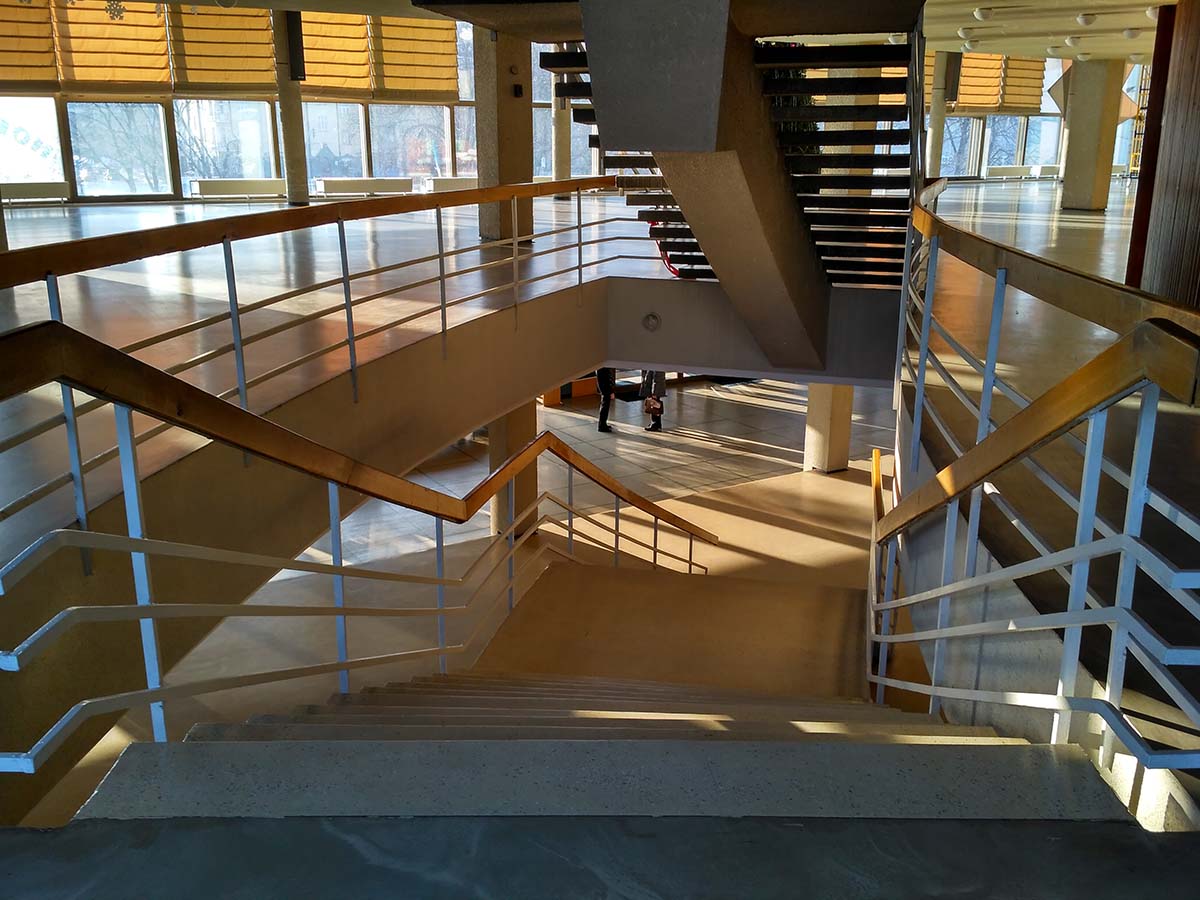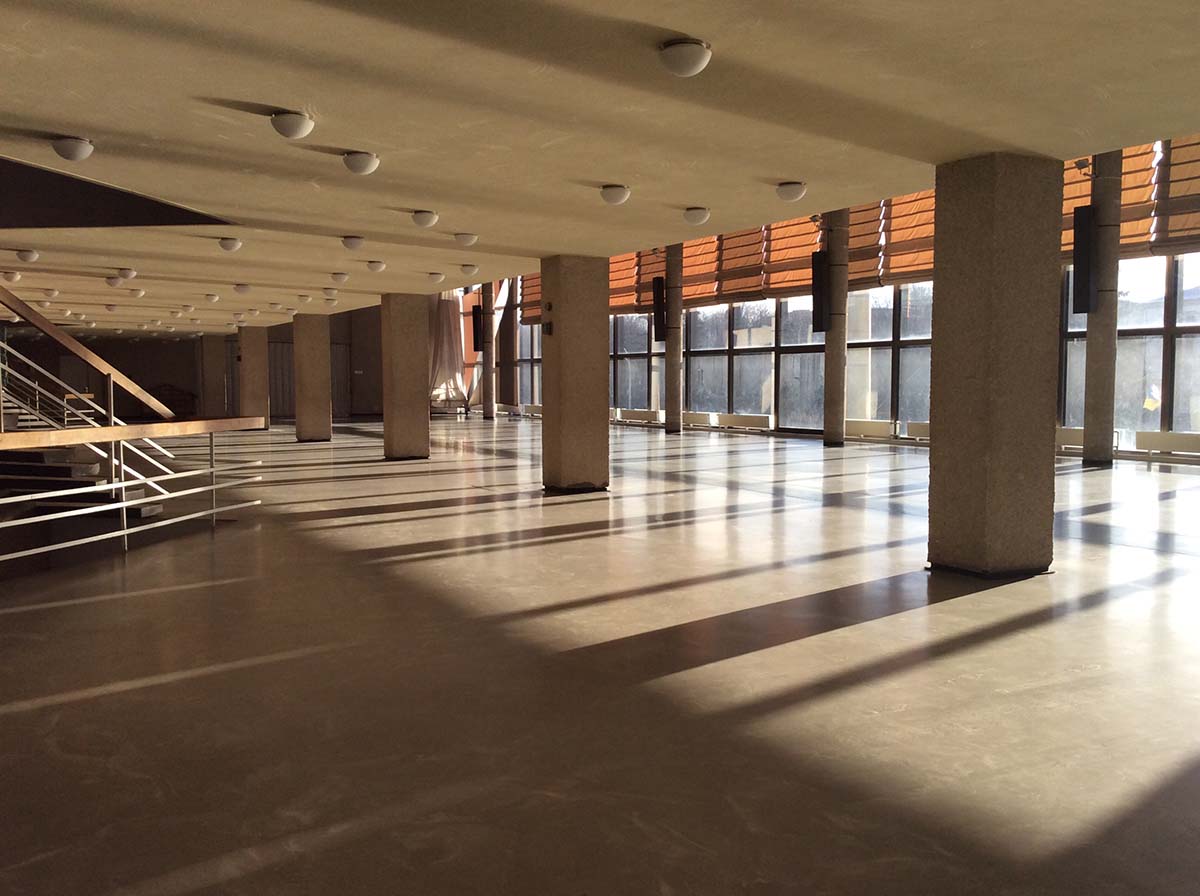The Palace of Pioneers is a children’s institution of additional education in the USSR. On the basis of the palaces of the pioneers, children’s circles, clubs and creative teams worked, and the methodological service of the pioneer organization operated. The first house of pioneers appeared on April 29, 1923 in the Khamovnichesky district of Moscow on the basis of the Trudovaya Kommuna children’s club. In the construction of buildings for palaces and houses of pioneers, which began in the mid-1930s, imitations of the forms of palace architecture of past eras prevailed. Only since the late 1950s have new examples of this type of building appeared, a striking example of which is the Palace of Pioneers and Youth named after Ostrovsky (Soviet writer, author of the novel “How the Steel Was Tempered”) in Kiev. The Kiev Palace of Pioneers was founded in 1934 and at first was located in the building of the former merchant assembly (now there national philharmonic), then in the former house of the commander of the military district (Mikhail Grushevsky Street, 32), but it was soon decided to allocate a separate, new building for these needs.
The three-story building of the Palace of Pioneers and Youth was built in 1962-1965 on the slope of the Dnieper near the Park of Eternal Glory, near Salyut Hotel appeared in the 1980s. The architects were Abraham Miletsky (Salyut Hotel, Glory Park, Ukraine Hotel, crematorium and Wall of Memory at Baikove Cemetery, Landscape Alley) and Eduard Bilsky, received a state USSR Prize in 1967. The main building has an area of more than 12,000 m² and is designed for the simultaneous stay of 26,500 children. The interiors are decorated with mosaics and chasing (sculptor V. Borodai, artists V. Melnichenko and A. Rybachuk). There is an astronomical circle in the building (the dome of the observatory with a telescope inside is visible from the side of the park). In front of the building there is a decorative swimming pool with an area of 650 m² and a titanium alloy flagpole 50 meters high. From the main building to the Park of Eternal Glory there is a pedestrian park bridge. Previously, on the site of the palace was the St. Nicholas Military Cathedral, which was built in 1690-1696 and destroyed by the Soviet authorities in the 1930s. A little later, a laboratory building was added to the main building (for this, the refectory of the Nikolsky Monastery was completely destroyed), and after the collapse of the USSR, a parking lot, an ice rink and a restaurant were completed on the side of the Geroev Krut alley.
In our time, the Palace of Children and Youth continues to perform its functions. There is a center for preschool development, a center for specialized education, a children’s entertainment and recreation center, a family club, and various circles (more than 150). Children’s festivals and competitions are held.
Where is the Palace of Children and Youth located?
Ivan Mazepa street, 13
044 280 95 19




